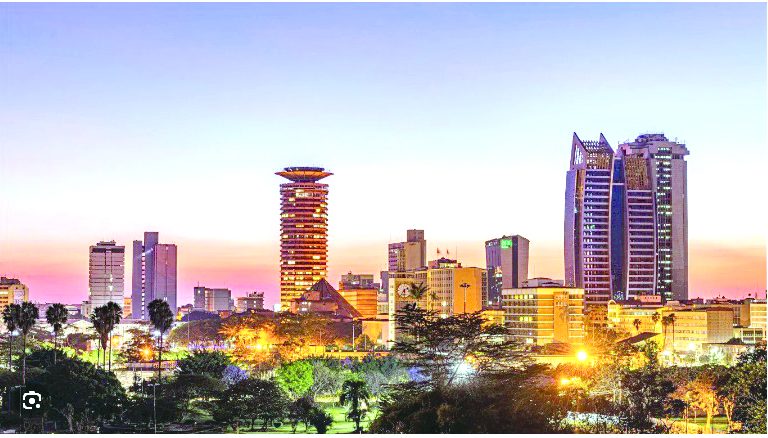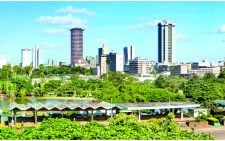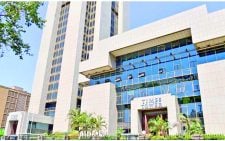How changing demands by tenants are shaping Nairobi’s commercial property market

As Nairobi’s changing skyline stretches ever upward, a quieter but significant transformation is unfolding—one that’s redefining the essence of commercial real estate in the modern era.
The once-dominant model of bland, utilitarian office blocks is being steadily edged out by a new generation of smart, sustainable developments built for efficiency and long-term value.
The city’s commercial property market, long saturated with traditional office space, is being reshaped by changing tenant demands.
What was once considered adequate—a concrete structure with basic utilities and minimal character—is fast becoming a liability.
Experts say that today’s occupants want more than just square footage; they want innovation, reduced overheads, and spaces that align with their environmental values.
“In the past few years, there’s been a complete shift in tenant expectations,” says George Muthoni, a veteran real estate agent.
“Clients now ask about energy-saving features before even looking at the floor plan. The old model simply doesn’t cut it anymore.”
Developers have taken note.
Across Nairobi’s commercial zones, buildings are now being constructed with solar panels, rainwater harvesting systems, smart lighting, and advanced building management technologies.
These features not only slash utility bills in an era of rising business costs but also deliver a user experience that prioritises both comfort and efficiency.
High-speed internet, intelligent access systems, and the use of eco-friendly materials are quickly becoming standard.
An example of this shift is the Purple Tower, a 14-storey commercial complex along Mombasa Road developed by Purple Dot International.
Slated to open by the end of the month, the tower embodies the future of urban workspaces.
Its design boasts a 27 per cent reduction in energy consumption, 41 per cent less water usage, and a 33 per cent cut in embodied material energy.
“We had to abandon outdated formulas,” says Bharat Kerai, the project’s lead.
“Nairobi’s commercial landscape has changed. Today’s tenants demand spaces that deliver long-term value, sustainability, and operational savings.”
Projects like Purple Tower are engineered with the end user in mind.
From high-performance thermal glass to smart systems that manage everything from lighting to security, the building integrates form with function.















